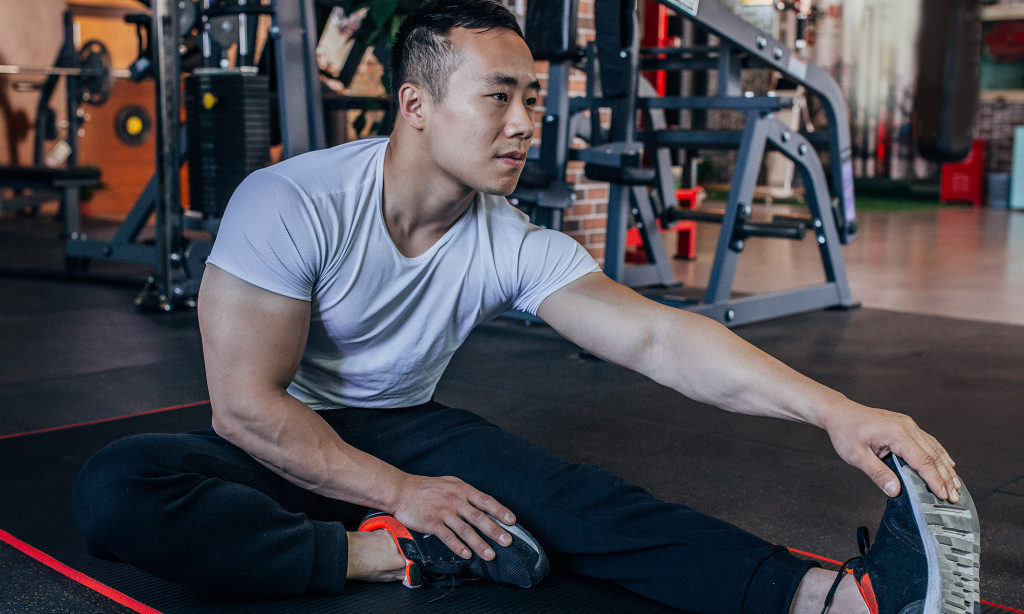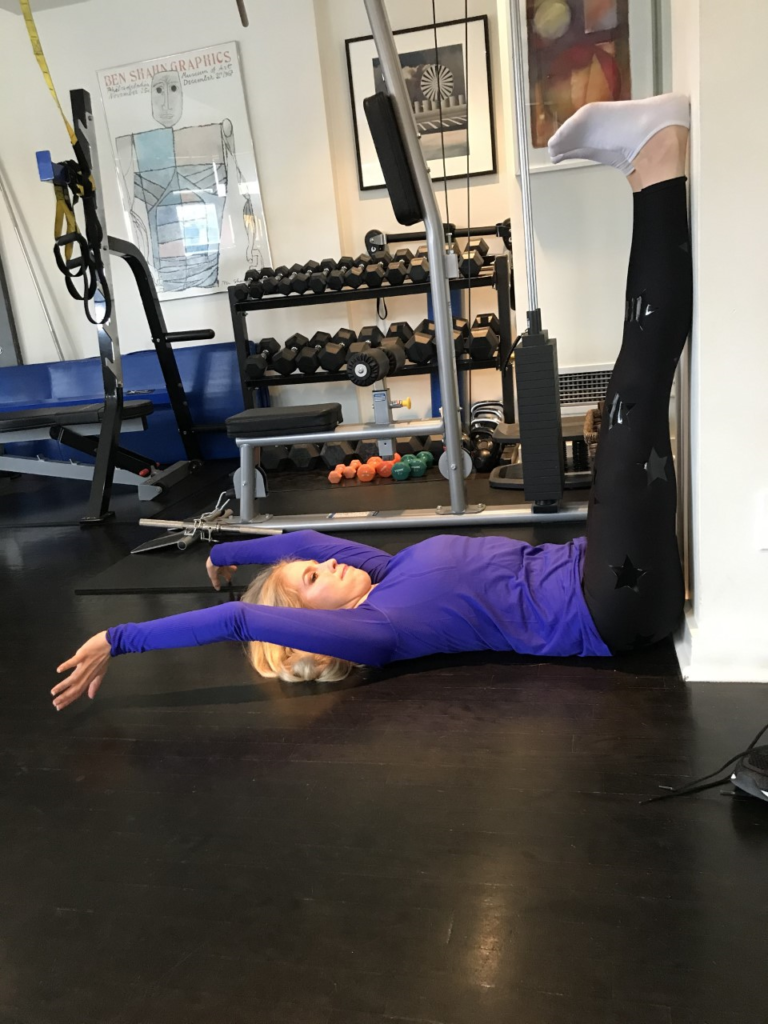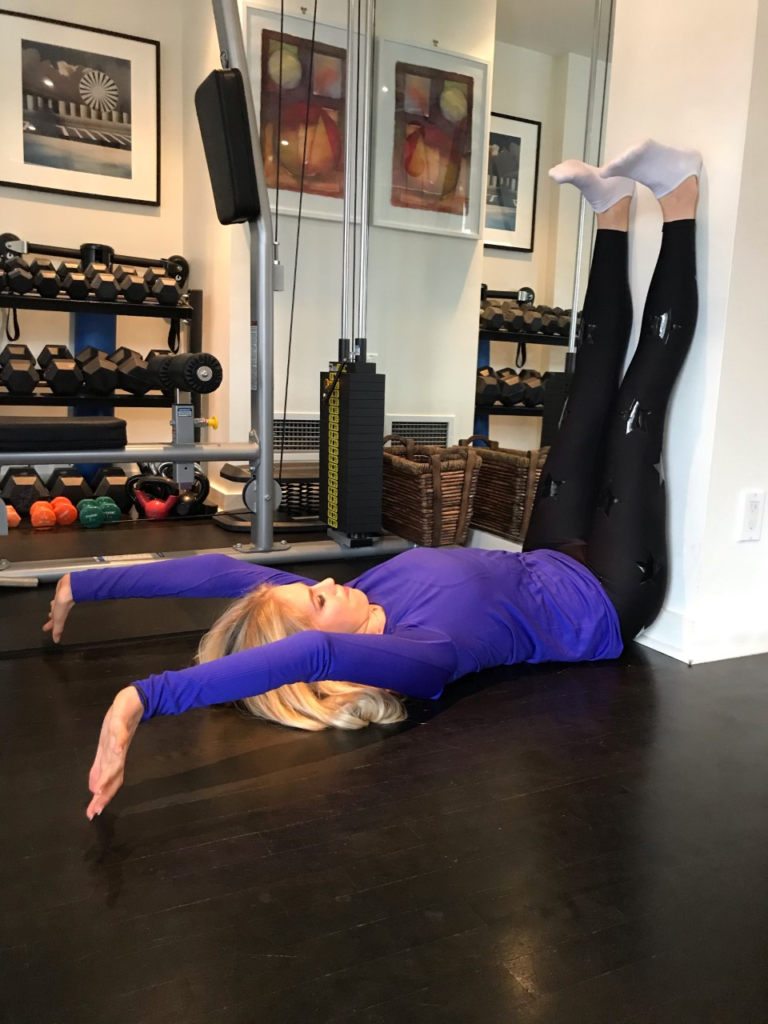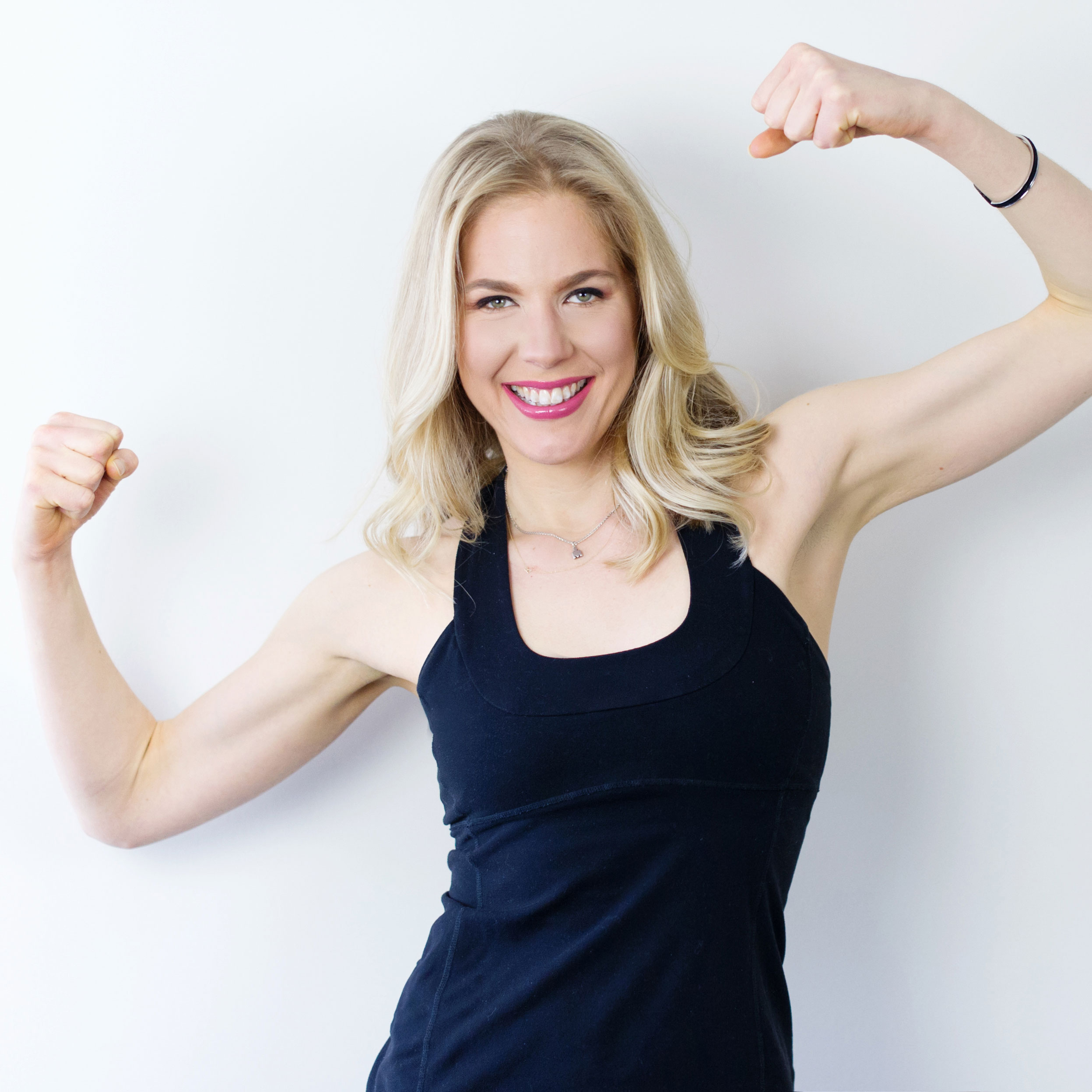Fascial Stretching: FST versus ELDOA — Part Two

By Kathleen Trotter, FIS, PTS
In part one of this article series, I highlighted how ELDOA and FST are similar — most notably that neither target one particular muscle or joint in isolation. Both approach the body as a “functionally integrated body” unified by fascia. Next, I provided a quick recap of what exactly fascia is — the link between all structures within the body. Lastly, I gave a brief explanation of FST — the oversimplified definition being a form of stretching “done” on a client by a practitioner to stretch fascial lines rather than muscles.
Here we look more closely at ELDOA.
ELDOA (LOADS in English) was created by the revered Dr. Guy Voyer. ELDOA postures allow participants to tense myofascial chains around the spinal segment they are attempting to address. The goal is improved spinal joint mechanics, increased blood flow, reduced pressure and rehydration of the spinal discs, improved muscle tone and posture, and increased proprioception and general awareness. In short, the goal is “postural normalization.”
ELDOA has evolved into a method (like Pilates) that anyone can use to maintain or improve spinal health, but initially Dr. Voyer created ELDOA to complement hands-on therapy — as homework therapists could give clients between treatments. He believes, as I do, that consistency is paramount; the best results come from treatment plus daily homework (versus simply passive treatment). Although group ELDOA classes exist, the emphasis is on daily self-practice. Dr. Voyer is known for saying, “You are your own best therapist.”
A Look at the Positives
Many of my clients see osteopaths or chiropractors and receive ELDOA postures as homework. Since homework is often given hastily after treatment, clients are sometimes unclear on form. Being certified in ELDOA allows me to help clients make sense of their homework.
ELDOA is realistic. Practice does not require a huge time commitment. The goal is to hold each posture for one minute. There is often strong client buy-in — most people will do something for a minute. Plus, the at-home, do-it-yourself, “you are your own therapist” approach allows clients to feel in control.
Clients appreciate the targeted approach. Participants are typically given only one or two postures targeted to their needs.
ELDOA complements other forms of exercise. It’s not about eliminating what a client likes; it’s about adding something to improve function, posture, and spinal health.
A Look at the Negatives
In addition to the expense of the course, not everyone loves the static nature of ELDOA. The postures are intense, but if your clients are looking for that “endorphin hit”, they often are not the people who buy-in to ELDOA.
Favourite Exercise — L5-S1 ELDOA


I never go to bed without doing the L5-S1 ELDOA. It puts my body in its happy place.
Start on your back, legs up a wall, pelvis flat on the floor. Straighten your legs, dorsiflex your ankles, and invert your feet. Lengthen through the crown of your head — like someone is magnetizing it to the wall behind you. Straighten your arms, externally rotate your humeri, and flex through your hands.
Hold. Breathe. Intensify the posture by simultaneously keeping your breastbone heavy and lumbar flat while extending through the heels, crown of the head, coccyx, and lumbosacral joint. Hold for up to one minute. Never come out of a move quickly. Slowly release one body part at a time.
Conclusion
Don’t mistake watching videos online for being certified. Either invest in the courses or refer out. Classroom time is needed both for hands-on practice and to understand factors of progression, contraindications, and scope of practice. Even when certified, don’t be a hero and try to solve someone’s undiagnosed back pain. REFER to a registered therapist. Neither technique is a panacea, and one certification does not make you a medical professional.
Ultimately, both ELDOA and FST are “tools” in your toolbox. I have personally found them useful, but my clientele is typically older. They appreciate the mobility and postural benefits, and regularly consult osteopaths and chiropractors, so they value my homework tweaks.
Are EDLOA and FST right for you? Only you know. If they are not useful now, maybe they will be in the future. Put this knowledge in your ‘back pocket’ for if and when it becomes relevant!

